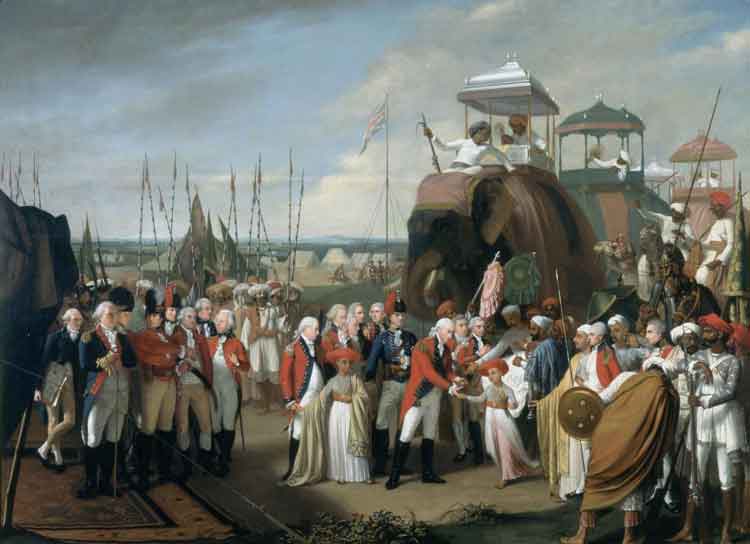The Devanahalli Fort in Bangalore
Built of mud by the Gowda rulers, Hyder Ali and Tipu Sultan fortified it with stone. Afterward, the fort fell to the British under Cornwallis.

The 500-year-old fort is in excellent condition in many parts, especially at the front section. It is six kilometres further north after the exit to the International Airport on Bellary Road, and less than a five-minute walk from where Tipu Sultan was born—at which spot there is a simple memorial to the important warrior king of South India.
It was a mud fort when it was first built, one of a series in this region, which, in addition to buttressing the local ruler's strength, served as shelters for itinerant traders. The forts, including Devanahalli, were rebuilt by the Muslims Hyder and Tipu, with mud sandwiched between granite layers, the mud helping to cushion the stone when the stone took fire from cannons.
The circular bastions are also a Muslim contribution, a change from the times of the Gowda rulers (of the Morasu Mokkalu clan) who built their bastions square — two of the Gowda bastions still remain. Inside the twelve bastions in this fort and along the fort walls there's evidence of French expertise. The floor space inside bastion is sloped in a ramp to allow ordnance to be rolled with ease and speed. Along the brick-topped battlements, banquettes run the entire length, allowing gunners to step up, fire, and step down to reload safely.
A fort is built to be impregnable, but it also needs to be blessed with good fortune. The fortifications of Rajasthan are said to have young volunteering men buried alive at the keystone. Kempegowda's daughter-in-law, if the story is true, sacrificed herself in such fashion for the Bangalore fort. Here, in Devanahalli, a double sacrifice was offered, of a woman pregnant with child, making this a twice-blessed fortress. To no avail, because when the defenders of the Devanahalli fort learnt that the better-armed Bangalore fort had been taken by Cornwallis' forces, they fled their posts wasting no time. When the British arrived at Devanahalli, all they needed to do was to walk in.
Tipu got back the fort by the terms an ignominious truce because the sultan was forced to hand the victors his sons as hostage. His boys took leave of him at the capital, Srirangapattana, but when they were returned, he received them at Devanahalli, at a camp by a pond north of the fort. He didn't reveal his emotions, it is said, he only ran his hands over the back of their necks and sent them into his tent.

Now free Indians possess the fort. The front of the fort is protected by the state as a heritage area. On the back, private citizens have built structures that tumble into one another. Among such buildings are a few new temples, and some older ones, but the temple that was built along with the fort, the Venugopalaswamy Temple in the Vijayanagara style, that temple is in excellent condition, and the deities in it are lovely.